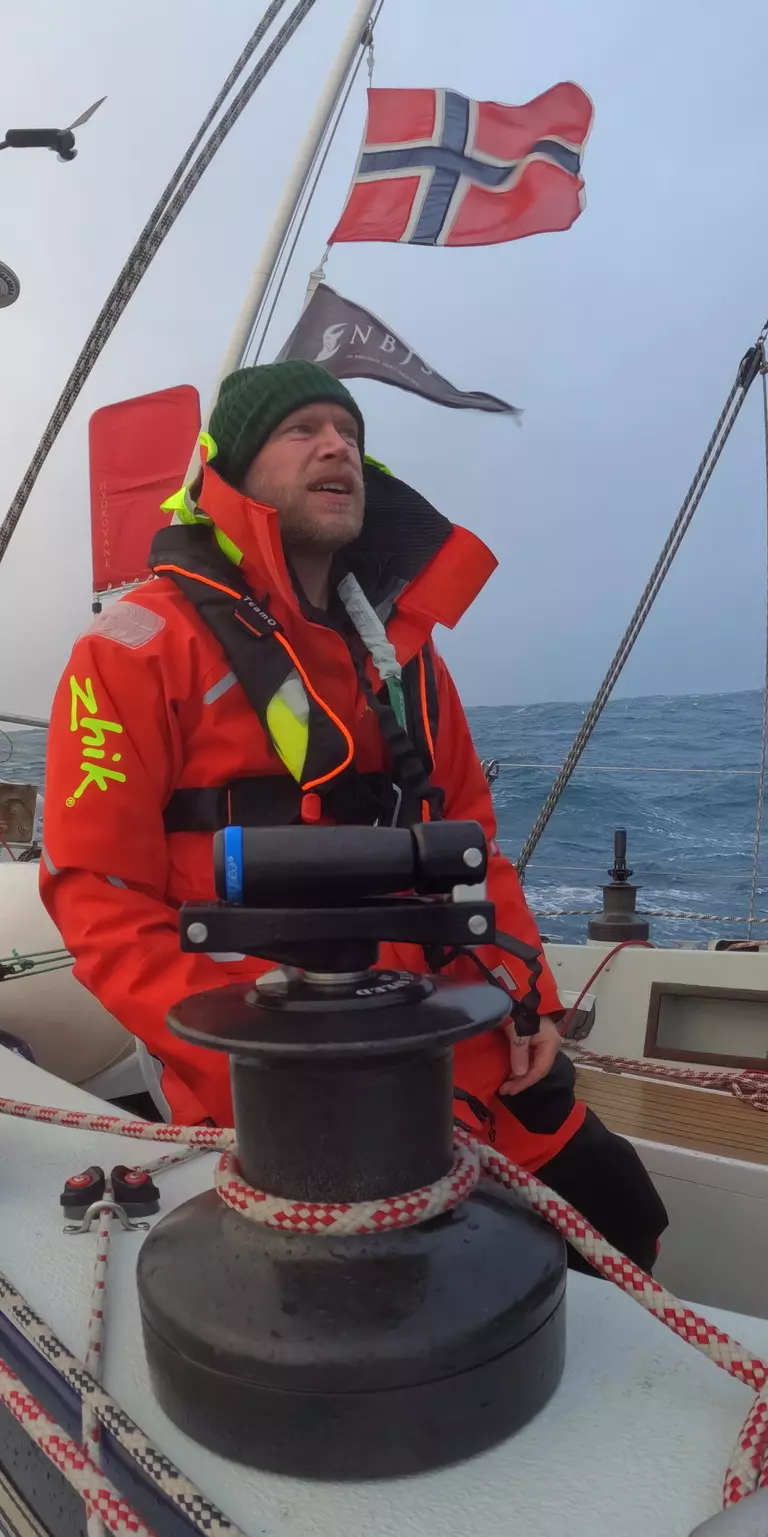
Ice fields and fog banks... Erik's biggest solo sailing adventure yet takes him to the remote north.
Sunday - 11 May 2025
Raymarine Ambassador Erik Aanderaa tells us his story of sailing solo from Norway to Greenland in the summer of 2024: a passage of adventure, discovery, and triumph against adversity.

Words by Erik Aanderaa:
Last year, I decided to make one final attempt to reach Scoresby Sound on Greenland, having tried three times before – in 2020, 2021 and 2023. To reach Ittorqortoormiit in Scoresby Sound, on Greenland’s east coast, I chose to take a shorter route; one stop on Shetland, then over to Faroe Islands, and finally to Husavik on Iceland. This is where the challenge really starts.
From Husavik to Scoreby Sound is 300 nautical miles. It is straightforward until you reach the Greenland current flowing southwards, about 30-70 NM off the Greenland coast; this brings with it a lot of ice that has broken off from the north of Greenland.
Solo sailing is really put to the test here, as you must stay awake when reaching the ice field. It is also imperative that you stay warm and take opportunities to venture below deck to do so. To make navigation safer, I equipped my boat, “Tessie”, with a forward facing Raymarine CAM210 on the mast top, a Raymarine Cam 220 in the cockpit, and a FLIR M300C camera mounted mid-mast for an omni-directional view. This made it possible for me to navigate from the comfort of the cabin. I was able to watch the cameras and steer the autopilot from both the inside chartplotter - a Raymarine Axiom+ 7, and the two Axiom2 Pro S 9s that are in the cockpit: one is for chart and the other for radar.

I departed Husavik and set my course along the route northwards to Scoresby Sound. I felt apprehensive from the start, not knowing what to expect. I did not sleep along the way, as I felt the constant threat of ice around me, even though I knew it was several hundred miles away.
Fog engulfed me for most of the route, adding an extra layer of stress, and visibility was only around 100-200 metres; because of this, I knew that when the time came, the first blocks of ice would appear very suddenly.
With only 70 NM left to go, the air temperature dropped to 3 degrees Celsius, and sea temp to 2 degrees. It was extremely moist and cold, and I knew that ice was imminent, having reached the ice belt current. I went down into the cabin, sitting down to keep an eye on the camera feed from the M300C. The top camera was positioned into the fog and the moist, damp air would normally make viewing extremely challenging, however the M300C benefits from lens heating, which made it possible to see ahead.

All of a sudden, I saw a chunk of something white in front, which I thought was a pack of seagulls. As it got closer, 70 meters from the bow, I realised it was ice. I ran into the cockpit and only just managed to clear the chunk. It was both frightening and fantastic. The Quantum 2 radar also picked up all the surrounding growlers, as the ocean was flat. This was an enormous help and calmed my nerves in the heavy fog, allowing me to spot my way through the network of growlers and chunks of iceberg.
I continued through the ice until I reached Scoreby Sound. Just two miles from my anchorage point, I discovered that the sea was packed with a huge layer of growlers. Knowing I was heavily sleep deprived, I thought enough was enough, called it a day and turned back to Iceland.

I was extremely happy to have made it this far, having sailed a thousand miles across from Norway, completely on my own. The expedition was made a lot safer with the help of the full Raymarine equipment onboard, which gave me the comfort and control I needed to reach my destination in safety.